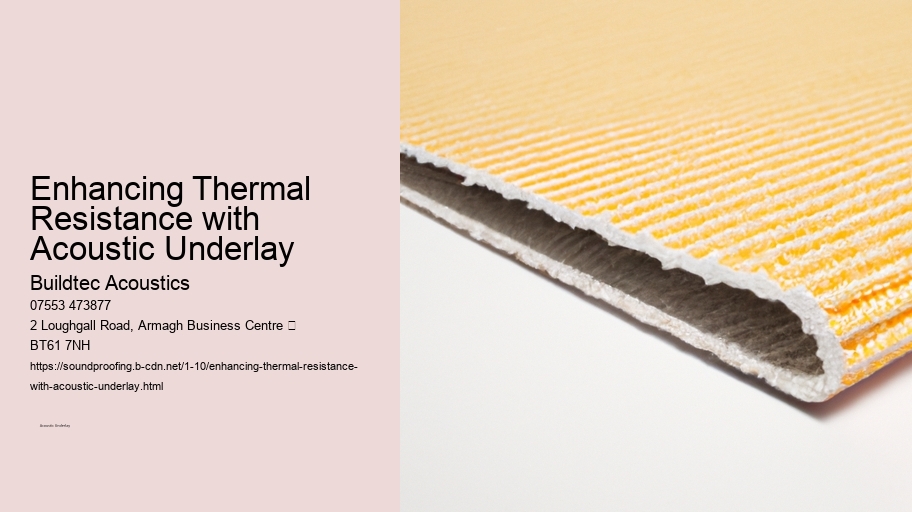

This allows consumers to maintain their desired aesthetics without sacrificing soundproofing performance. Looking to dampen noise in your office then use acoustic underlay under your floor. The installation of acoustic underlays is straightforward and suitable for both professionals and do-it-yourself (DIY) enthusiasts. The compatibility with different floor finishes makes acoustic underlays an essential component of modern flooring design, helping to create a space that is both visually appealing and acoustically comfortable.
They are designed to be installed beneath the visible flooring material, meaning that the desired flooring-whether it is elegant hardwood, practical laminate, or cozy carpet-is maintained without alteration. For example, underlays installed beneath medium-density fibreboard (MDF) or gypsum drywall help absorb vibrations and reduce unwanted sound transmission.
Buildtec Acoustics offers a wide range of acoustic underlays that are designed to manage both airborne and impact noise, providing versatile solutions for various flooring applications, such as wood flooring, ceramic tiles, and laminate flooring. Additionally, these materials provide thermal insulation, improving the thermal resistance of a room while managing noise levels.
Acoustic underlays are valuable in renovation projects as well. Acoustic underlay is a fundamental solution for effective noise control in both residential and commercial spaces.
Acoustic underlays are also beneficial for vibration isolation, especially in spaces where there are significant sources of vibration, such as near heating equipment or heavy appliances. Buildtec Acoustics provides underlays made from environmentally friendly materials, such as cork, recycled crumb rubber, and natural wool. In conclusion, acoustic underlays from Buildtec Acoustics offer an effective solution for soundproofing floors, improving room acoustics, and enhancing overall comfort.
How acoustic underlays improve room acoustics and reduce unwanted noise.

Posted by Francis Mckenna on
How acoustic underlays can help isolate vibrations in buildings.

Posted by Francis Mckenna on
This allows consumers to achieve their preferred aesthetics without sacrificing soundproofing performance. Impact noise occurs from activities such as walking, moving furniture, or using appliances like washing machines, while airborne noise includes sounds like conversations, music, and television. These options promote environmentalism by reducing the reliance on virgin materials and lowering overall pollution.
Materials used in acoustic underlays, including foam, cork, and natural rubber, are highly effective in reducing vibrations and controlling noise. Adhesive or double-sided tape can be used to secure the underlay in place, while ensuring tight seams between pieces to prevent gaps that could reduce performance.
The choice of acoustic underlay depends on the type of noise that needs to be managed. Impact noise occurs from activities such as walking, moving furniture, or using appliances like washing machines, while airborne noise includes sounds like conversations, music, and television.
Environmental considerations are a key aspect of acoustic underlay design. This aspect is particularly important in multi-story buildings where different floors are connected through walls and joists, making noise control a priority.
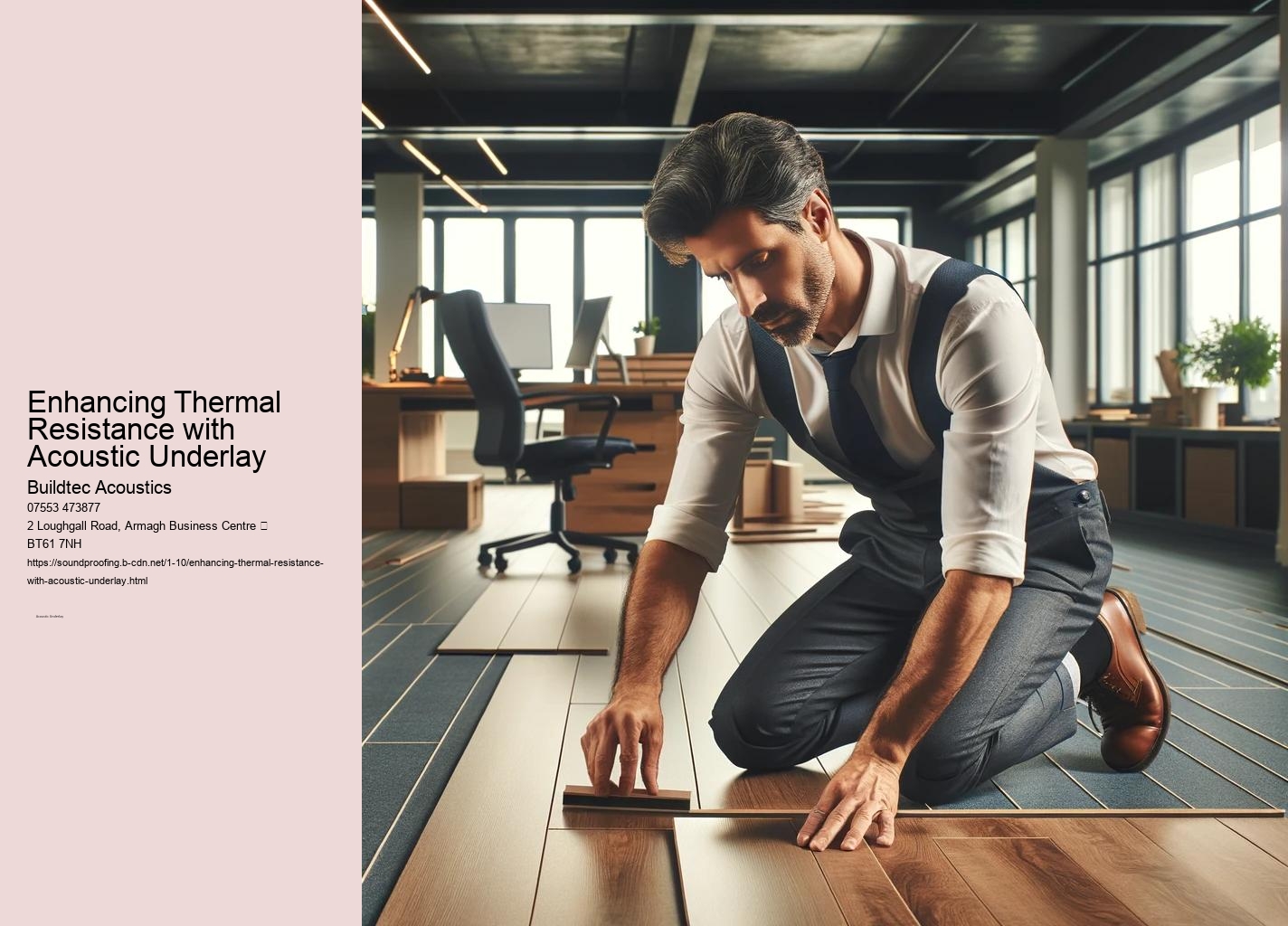
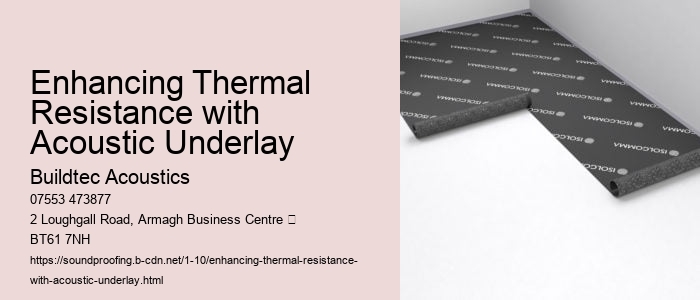
By choosing the appropriate product for the specific noise control requirement, homeowners and businesses can create a quieter, more comfortable environment. Impact noise occurs from activities such as walking, moving furniture, or using appliances like washing machines, while airborne noise includes conversations, music, and television. Airborne noise, such as music or conversations, can be reduced by choosing underlays with higher sound transmission class ratings.
Acoustic underlays made from polyvinyl chloride (PVC) or cork are ideal choices, as they balance both thermal insulation and soundproofing requirements. Installing acoustic underlay beneath wood flooring or laminate flooring can greatly reduce noise levels in rooms.
Hard surfaces, such as hardwood and laminate, tend to amplify sounds like footsteps, which can lead to unwanted echo and reverberation. In residential buildings, whether in a semi-detached house or an apartment, acoustic underlays are often used under laminate flooring, hardwood, or carpets to reduce the noise that can travel through the walls, ceiling, and stairs.
The materials used in acoustic underlays, such as foam, cork, and natural rubber, contribute significantly to reducing vibrations and sound transmission. During renovations, installing acoustic underlays can significantly improve the acoustic properties of existing floors, whether in residential or commercial settings.
The installation of acoustic underlays is straightforward and can be performed by both professionals and do-it-yourself (DIY) enthusiasts. Hard surfaces, such as hardwood and laminate, tend to amplify sounds like footsteps, leading to unwanted echo and reverberation. Impact noise, such as footsteps on laminate flooring or vibrations from appliances, can be minimized using dense materials like natural rubber or foam.
The use of recycled fibers and materials encourages recycling while reducing the environmental footprint of soundproofing installations. The use of recycled fibers and materials helps encourage recycling while minimizing the environmental footprint of soundproofing installations.
Some underlays are certified by Leadership in Energy and Environmental Design (LEED) standards, promoting sustainable building practices. In residential buildings, whether in a semi-detached house or an apartment, acoustic underlays are often installed under laminate flooring, hardwood, or carpets to reduce noise transmission through walls, ceilings, and stairs.
The materials used in acoustic underlays, such as foam, cork, and natural rubber, are highly effective at reducing vibrations and controlling noise. By choosing the right product for the specific noise control requirement, homeowners and businesses can create a quieter, more comfortable atmosphere.

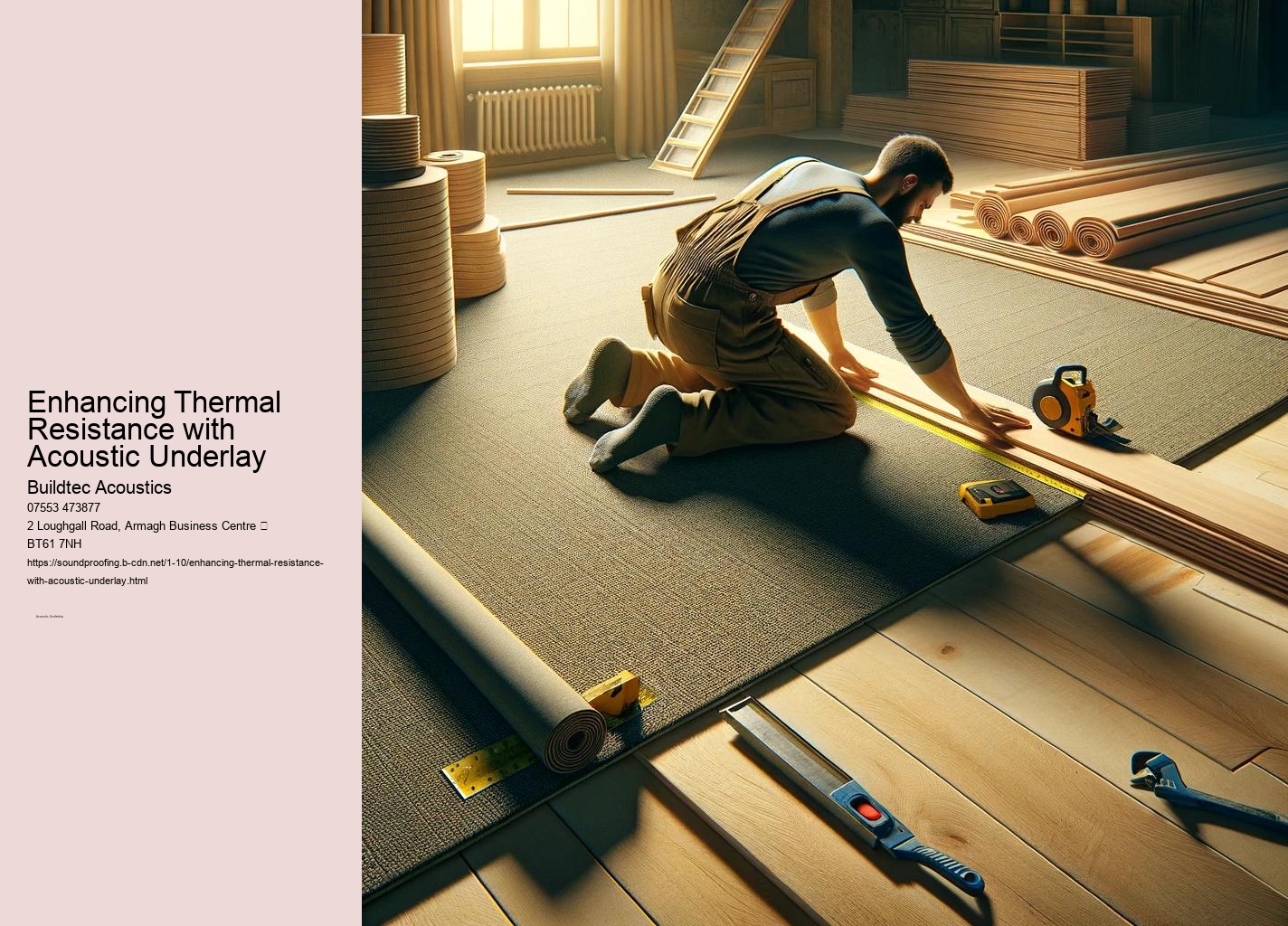
When discussing soundproofing methods, acoustic underlays are a reliable option for reducing noise pollution, enhancing room acoustics, and creating a quieter atmosphere. Buildtec Acoustics offers a wide range of acoustic underlays that are specifically designed to address both airborne and impact noise, making them ideal for a variety of flooring applications such as wood flooring, ceramic tiles, and laminate flooring.
In residential buildings, whether in a semi-detached house or an apartment, acoustic underlays are commonly installed under laminate flooring, hardwood, or carpets to reduce noise transmission through walls, ceilings, and stairs. Whether in a single-family detached home or a semi-detached house, installing acoustic underlay ensures that daily activities do not negatively affect others in the building.
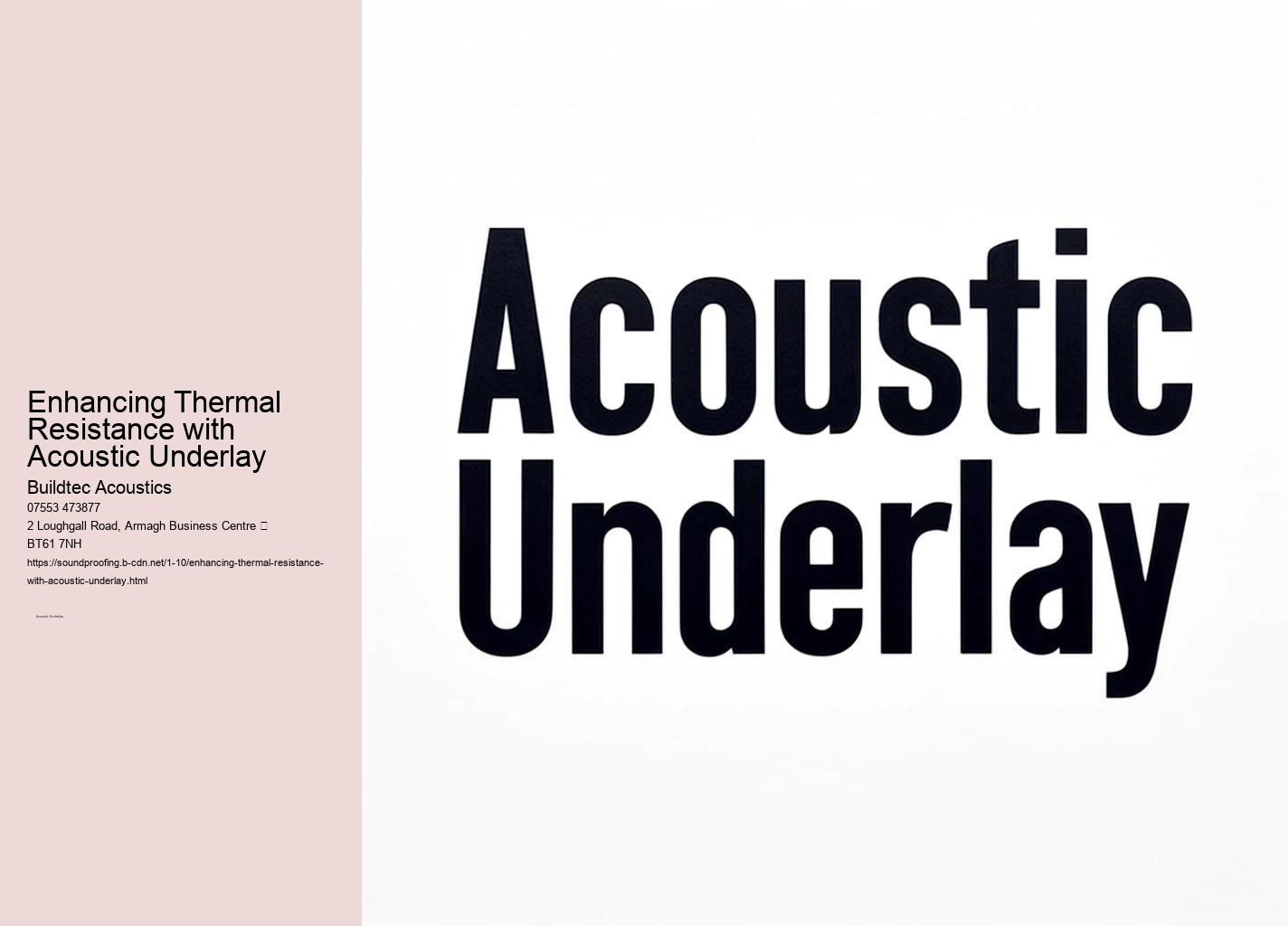
Acoustic underlays are compatible with a wide range of flooring types, including wood, laminate, carpet, and ceramic tiles. The versatility of these underlays makes them suitable for different residential and commercial applications.
Acoustic underlays are an excellent choice for renovation projects as they can easily be installed under new flooring to improve noise insulation. They help bring older buildings up to modern soundproofing standards, making them more comfortable for occupants.
Yes, acoustic underlays are effective in reducing foot traffic noise by absorbing the impact of footsteps. This is especially important in areas with high foot traffic, such as offices or apartments, where noise reduction can greatly improve comfort.